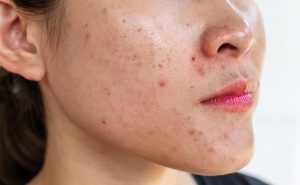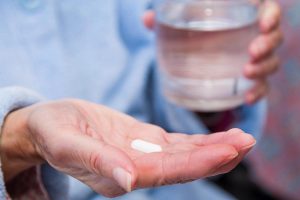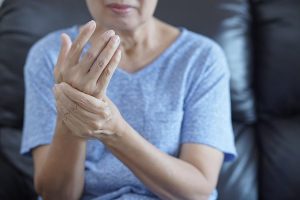
As American kids pack on the pounds, the number of those with back pain is on the rise. One in three between the ages of 10 and 18 said they had backaches in the past year, according to a survey of about 3,700 youngsters. The incidence rose along with kids’ age and weight and was higher among those who play competitive sports. Though many people probably associate back pain with older people, the orthopedic surgeon who led the study was not surprised by his findings. “We see a lot of kids who have pain from overuse injuries or joint pain from playing sports,” said Dr. Peter Fabricant, who treats pediatric patients at the Hospital for Special Surgery in New York City. “Of these kids who had back pain, very few actually required any sort of medical intervention. Most didn’t need treatment at all.” About 80 percent of adults suffer from lower back pain at some time, according to the U.S. National Institutes of Health. But this is the first time the extent of back pain among children has been estimated on nationwide scale, the authors said. The youngsters surveyed were equally split by age and gender. On average, those who reported back pain weighed more and had higher body mass indexes, or BMIs. (BMI is a measure of body fat based on height and weight.)… read on >































-300x200.jpg)



